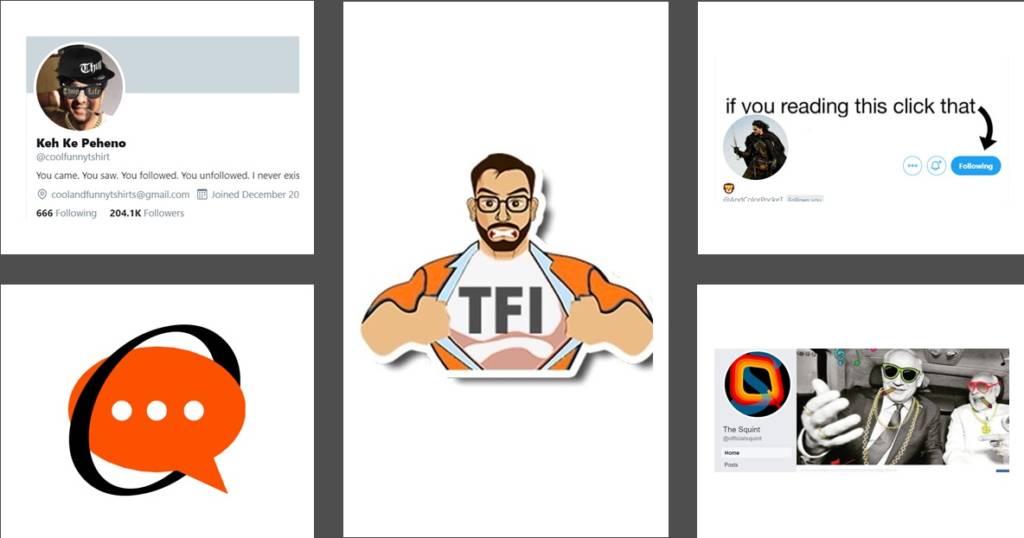In the last decade, one of the most notable phenomena in India was the rise of the Internet, which fuelled the rise of new-age media stemming out of social media. The rise of social media changed the way we consume news, fundamentally. It gave rise to many new star journalists (who are not journalists in the traditional sense), while many others lost credibility.
In the last decade, the smartphone penetration in India grew manifold, and this fuelled the rise of data consumption coupled with cheap data prices. Today, the country has one of the cheapest tariff rates in the world, and this led to exponential growth in the time spent on social media- Twitter, Facebook, Instagram, and TikTok.
The rise of social media triggered the fall of many ‘holy cows’ like, we are sorry to say, Jawaharlal Nehru, Mahatma Gandhi, Rajiv Gandhi- who were very seldom attacked by the usual suspects in traditional media, that is, print, and electronic media. This has also led to a ‘reimagination’ of many historical figures like, Veer Savarkar, Subhash Chandra Bose, and even Nathuram Godse.
The traditional filters, or what is popularly known as ‘gatekeeping’ in traditional media, are no longer there in social media (except the minimal regulation by social media companies, for which they have been accused of being anti-right wing). The ‘gatekeeping’ was basically ‘political correctness’, where something perceived as ‘politically incorrect’ by the editor was filtered.
Only a few elite figures, who enjoyed considerable authority over their peers, were allowed to write/voice their opinion about issues and matters concerning India and its politique. These elitist figures perpetuated one school of thought, and promoted each other with similar views, therefore enjoying a near-monopoly on popular opinion.
With the rise of social media, the information space has been democratized. Anyone with a smartphone and accessibility to internet can cross-check/rebut the information/opinion presented by prominent journalists or writers.
There are many players who played an important role in the rise of political opinion-shaping on social media. The Frustrated Indian, a Facebook page started by Delhi based techie- Atul Kumar Mishra- in 2012, was among the first players to utilize the social media platform for political opinion-shaping.
Today, the TFI brand is owned by TFI Media Pvt. Ltd., a company that has editorial arms in English and Hindi, a video platform on YouTube, and an e-commerce platform.
After the Modi government came to power in 2014, it focused on increasing internet connectivity and laid down proper infrastructure for it; this led to the proliferation of digital media platforms.
Apart from various YouTube channels, there are Twitter users with millions of followers, Facebook pages with million-plus community; there are seven proper new-age media platforms in the country. These include, in the alphabetical order: Opindia, Swarajyamag, Scroll, tfipost, ThePrint, thequint, and TheWire.
Most of these platforms except tfipost (which went through two names changes, first TheFrustratedIndian website and then rightlog.in) were initiated after 2014, with ThePrint being the last entry.
Most of the digital media platforms do not pretend to look politically neutral, with tfipost, Swarajyamag, and opindia leaned towards right, TheWire, The Quint, and scroll leaned towards left and ThePrint going with a non-hyphenated liberalism approach, oscillating between right and left ideologies in opinion-making.
The rise of social media led to the fall of many well-established names in intellectual professions (journalism, writing, and academia), who pretend to be politically neutral or wore the mask of the same. People like- Rajdeep Sardesai, Barkha Dutt, Sagarika Ghose, Ravish Kumar, Arundhati Roy, Pankaj Mishra clearly exposed as sympathetic towards left while Sudhir Chaudhary, Rajat Sharma, Deepak Chaurasia, Arnab Goswami appear to be sympathetic towards ‘right’.
The people on the right side of the political spectrum seldom wear the mask of political neutrality than their leftist counterparts; this is also a big finding so far.
In the traditional media, the journalists on the left side of the political spectrum, who dominated that establishment, discriminated towards the political leaders of the Centre-right. And this led to bad press for the people on the right, which hindered their political trajectory. But, the rise of social media has enabled direct interaction between political leaders and the concerned audience.
The views/opinion of the leaders reaches to the masses directly, without any filter, gatekeeping, distortion, or manipulation. Leaders like PM Modi, Donald Trump, reach out to crores of people directly through social media. In fact, Donald Trump won the 2016 US Presidential election with a fraction of political spending compared to his rival Hilary Clinton, because his presidential campaign targeted the voters through social media.
Therefore, the rise of social media is among the most important phenomena of the decade. It has led to regime change in politics, shaken the political establishments, exposed the hypocrisy of the old political establishment, led to the fall of many prominent figures and rise of the new, and ended the era of political correctness leaving no holy cow in the process.
